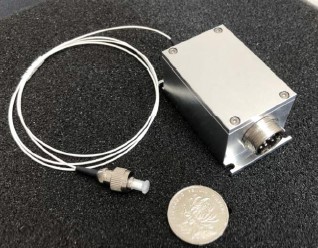Learn More About Red Lasers
Red lasers typically emit light at around 650 nanometers. This wavelength corresponds to a specific range of energy levels in the laser medium, which can be achieved through various techniques such as gas discharge, solid-state or diode pumping.
The output power of red lasers can vary depending on the specific application, but they are generally low power devices. Red lasers can be designed as continuous-wave or pulsed output and can be further modulated for specific use cases. They also often have a narrow spectral linewidth, which is useful for spectroscopy and other precision measurements.
Red laser diodes, which are typically fabricated out of GaInP or AlGaInP, are the most popular and well-developed laser diodes available on the market today. Red diode lasers are instrumental in a wide variety of applications ranging from inexpensive laser pointers to laboratory flow cytometry systems. 632.8 nm red light is the standard for helium-neon (HeNe) lasers, though they can produce green, yellow, and other wavelengths. HeNe lasers have been around for many years and are a tried-and-true staple in laboratories everywhere. Red HeNe lasers are often used for interferometry and laser alignment, for example. Wavelength shifted DPSS lasers can produce red wavelengths through the process of harmonic generation (frequency doubling in this case). Red wavelengths can also be generated through the use of optical parametric oscillator (OPO) technology.
Some of the most common red wavelengths are 635 nm, 650 nm, and 670 nm. On the shorter end of the red spectral region, the wavelengths are more visible to the human eye, but they aren’t as easy to efficiently generate.
Our Red Laser Products
RPMC is one of the largest red diode laser suppliers in North America. See our wide range of Red Lasers for sale! We offer the widest range of wavelengths, powers, and package types for red laser diodes, and we offer a wide range of other red laser products. People often picture red laser pointers when they think of red lasers. However, there are many types of red lasers on the market. We do not offer laser pointers, but we do have red laser line modules (laser line generators) and many other types of lasers generating red wavelengths.
We offer many different red wavelength laser types:
- Red Single Emitter Laser Diodes
- Red Multi-Emitter Laser Diodes
- Red VBG Laser Diodes
- Multiple Wavelength Lasers
- Red Laser Diode Modules
- Red Laser Line Modules
- Red HeNe Gas Lasers
- Red Pulsed DPSS Lasers
- Red CW DPSS Lasers
- Tunable DPSS Lasers
- Raman Probes
Our Red Laser products are available in a range of output powers up to 25 W average power, options for single-mode or multimode, free-space, fiber-coupled or line generation output, and various packaging options and integration levels from component to OEM to turnkey systems.
Deeper Dive into Red Lasers
Red Laser Applications
Some common red laser applications include Interferometry, Holography, Machine Vision, Confocal Fluorescence Microscopy, Flow Cytometry, DNA Sequencing, Optogenetics, PDT, Dental, and many others.
Red Laser Diodes for Photodynamic Therapy
A comprehensive review of the biophysics behind PDT is beyond the scope of this blog post, but it is valuable to look at the importance of excitation wavelength for dermal and subdermal PDT by taking a brief look at the absorption and scattering properties of tissue. While intuitively it may seem evident that shorter wavelength lasers would serve as a better excitation source for the photosensitizer, due to the higher photon energy, but the shorter the wavelength of the photon the less depth penetration they have because absorption and scattering cross-sections are inversely proportional to wavelength.
One study on the topic in which a detailed computer model was developed to describe how human skin reacted to various wavelengths presented in 2011 by Mustafa, Et al. from the Universiti Sains Malaysia, School of Medical Physics. In the presentation they demonstrated a realistic skin model where they simulated the absorption and depth penetration laser wavelengths ranging from 308 nm to 635 nm, showing that red light was absorbed at approximately 1/7th the rate of ultraviolet light allowing for up to 5 times deeper depth pentation. On the other end, once you move above the red and into the near infrared region of the spectrum not only does the photon energy further drop but, as shown in the figure below, both the lipid and water absorption starts to increase. As a result most commercially available photosensitizers are engineered to have absorption peaks in the 630 nm to 750 nm range. For example, HpD (Photofrin®) activates at 630 nm, PpIX (ALA) at 635 nm, mTHPC (Foscan ®) at 652 nm, BPD-MA (Verteporfin) at 690 nm, and Lu-tex (LUTRIN ®) at 732nm.
Read the full article here.
High Power CW Lasers for Holography, Interferometry, Spectroscopy
Laser applications are becoming increasingly sophisticated as demand rises for more precise measurements, faster throughput, and better analysis. Some applications like Holography, Interferometry, and Raman Spectroscopy are rapidly growing in popularity along with the demand for better results. Because of this increased demand, companies are developing more advanced lasers with higher beam quality and other features meant to enhance the results of these popular applications. In this article, we will discuss Holography, Interferometry, and Raman Spectroscopy, and some of the important laser characteristics and features required to ensure these applications are successful and provide exceptional results.
Wavelength – The final consideration when looking at lasers for holography is the wavelength needed for the best results. Security labels would be ineffective if they were recorded in the IR region, outside the range of the human vision. Many modern holographic images are created using multiple wavelengths – red, green, and blue – in order to produce a colored final image. Holographic applications that do not rely on the human visual range can utilize wavelengths outside the visible range. Data storage, for instance, would indeed benefit from shorter UV wavelengths, leading to higher information density.
Read the full article here.
Laser Alignment: HeNe Lasers, Methods, and Helpful Tips
A helium-neon (HeNe) laser is a continuously operating or continuous-wave (CW) gas laser. The gain medium is a 10:1 mixture of helium and neon, pressurized within a glass tube. When applying a direct current (DC) to two electrodes on opposite ends of the tube, helium atoms are excited into metastable states. When excited, helium atoms can efficiently transfer energy to neon atoms with quite similar excitation energies. Due to the multiple energy levels of neon atoms, numerous laser transitions are possible with this type of gas laser. The most common transition used today is 632.8nm (red). However, 543.5nm (green), 594nm (yellow), 612nm (orange), and 3.39µm (MWIR region) are also possible by utilizing resonator mirrors with coatings with peak reflectance at these specific wavelengths. If you’re interested in reading a bit more about the history and development of the HeNe laser, check out our recent article titled “HeNe Lasers: Bright Past, Brighter Future.”
Visible Laser Light for Alignment
Are you wondering how to align an infrared beam? Aligning an infrared wavelength laser can be tedious and frustrating since you’re dealing with an invisible beam. Therefore, the use of visible laser wavelengths in the red or green regimes proves to be quite helpful for actively visualizing your optical path during the alignment process. In the case of red wavelengths, the human eye’s sensitivity starts to drop quickly as the wavelength increases toward the infrared. So, choosing a shorter red wavelength (e.g., 630nm vs. 690nm) provides a much higher level of visibility, especially with high levels of ambient light. Some optical components may cause alignment issues when using specific wavelengths due to various wavelength-dependent dielectric coatings on optical lenses and other chromatic aberrations. Typically, these issues are only seen in optical lenses and not on reflecting mirrors. So, if your system involves optical lenses, be sure to note any conflicts with your lens coatings or substrate composition and the visible wavelengths you might use to align the optical system.
Read the full article here.
Lasers for Machine Vision: Selection Criteria
Typically, visible-wavelength lasers are used for machine vision systems, as cameras and detectors are readily available, and the beams are easier to align. Some circumstances can dictate the use of infrared or even ultraviolet lasers. The most common visible wavelengths include blue, green, and red. Wavelengths are expressed in units of nanometers (nm). Some of the most common colors and their wavelength ranges are blue (405-450 nm), green (532-550 nm), red (635-680 nm), as shown in Figure 2. In the near infrared portion of the spectrum, typical wavelengths that are used are: 830, 980, 1060, and 1550nm, but you can get many wavelengths in between. Try to understand if wavelength matters for your application, as some wavelengths are less expensive and others are available in higher power. If you need a green laser, but the exact wavelength doesn’t matter, let your vendor know you have a wide tolerance. An example of how you might spec this is: 540 ± 10 nm.
Lasers have other optical properties that are related to wavelength that may or may not be important to machine vision applications, but affect the price and quality of the beam. One is spatial mode quality. Lasers can produce a single spatial mode that produces a nicely uniform gaussian-shaped intensity profile. Some lasers achieve higher power by operating in more than one spatial mode, which is called multi-mode operation. A multi-mode beam profile or spot can look non-uniform and may fluctuate in intensity with time as shown in Figure 3. It is important to define if beam quality is important to your application, as is the case for most machine vision systems. If so, then you should specify a single mode laser.
Read the full article here.
HeNe Lasers vs. Diode Lasers: HeNe Laser Pros and Cons
Historically, Helium-Neon (HeNe) lasers were often the first choice for precision instrumentation, measurement setups and some spectroscopy applications. It was invented in 1960 and technologically it was one of the first lasers with extraordinary good parameters. The mechanical and optical design is quite simple (apart from sophisticated glasswork to make the tube itself) but the gas lasing medium and overall construction provide some intrinsic advantages. But also a number of disadvantages.
Advantages of HeNe Lasers
High Coherence Length
This is very typical to most gas lasers. In case of HeNe, the coherence length varies from 20 cm (for multiple longitudinal modes) to more than 100 m. It all depends on cavity parameters and mirrors and etalons used in the design.
Stable Central Wavelength
The typical emission wavelength of HeNe lasers is about 632.816 nm in air. Very stable oscillation frequency of <1 MHz (<0.001 pm @633 nm) drift is characteristic just to the most sophisticated HeNe lasers, having extra stabilization measures. The central wavelength of non-stabilized lasers can drift in the range of 1 pm, which is still fairly good, comparing to other laser types….
Read the full article here.
How Can We Help?
With over 25 years experience providing Red lasers to researchers and OEM integrators working in various markets and applications, and 1000s of units fielded, we have the experience to ensure you get the right product for the application. Working with RPMC ensures you are getting trusted advice from our knowledgeable and technical staff on a wide range of laser products. RPMC and our manufacturers are willing and able to provide custom solutions for your unique application.
If you have any questions, or if you would like some assistance please Contact Us here. Furthermore, you can email us at info@rpmclasers.com to talk to a knowledgeable Product Manager.
Alternatively, use the filters on this page to assist in narrowing down the selection of Red lasers for sale. Finally, head to our Knowledge Center with our Lasers 101 page and Blogs, Whitepapers, and FAQ pages for further, in-depth reading.
Check out our Online Store: This page contains In-Stock products and an ever-changing assortment of various types of new lasers at marked-down/discount prices.
Additional Resources
Whitepapers:
Blogs:
Videos:

 SHIPS TODAY
SHIPS TODAY 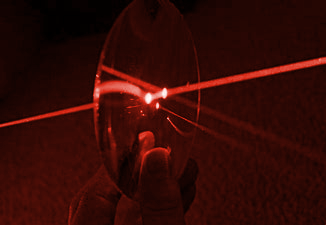
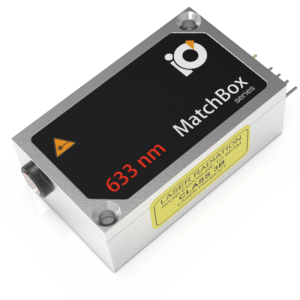
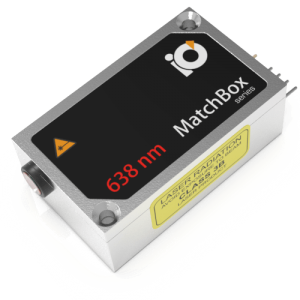
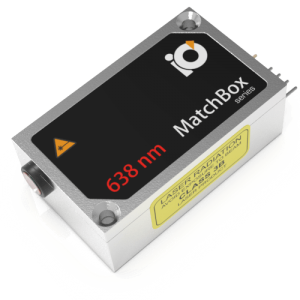
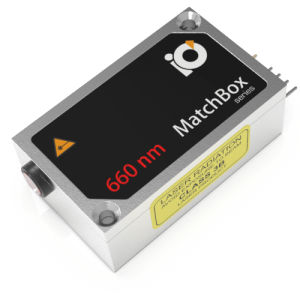
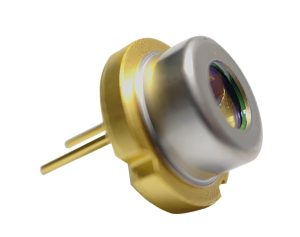
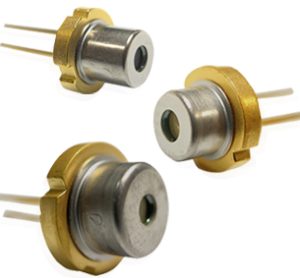
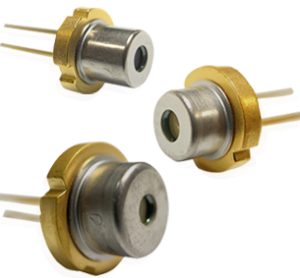
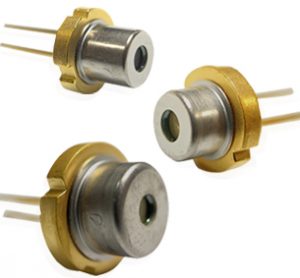
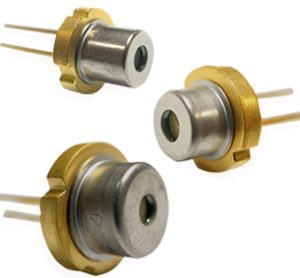
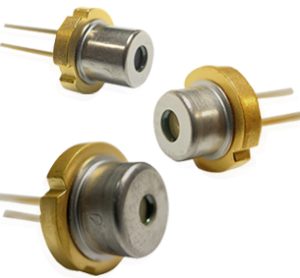
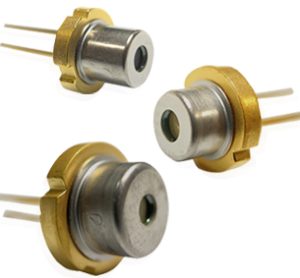
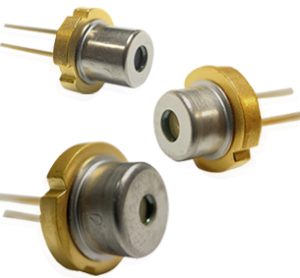


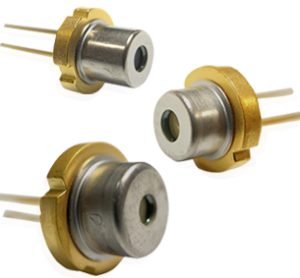
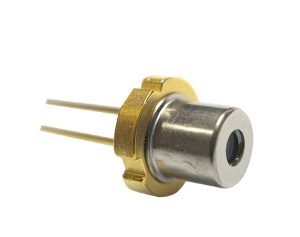
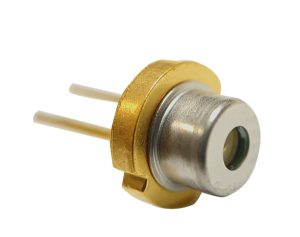
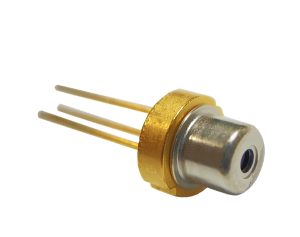

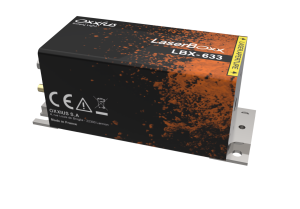
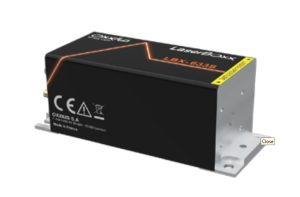
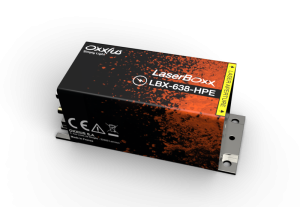
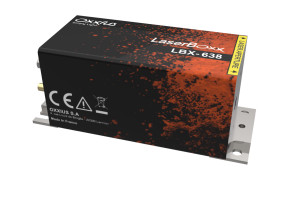
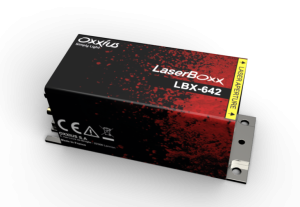
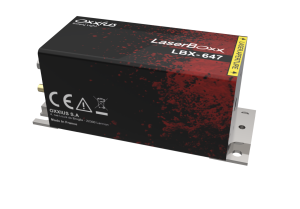
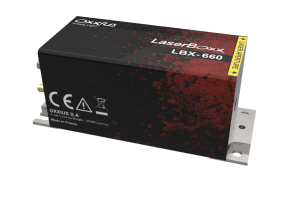
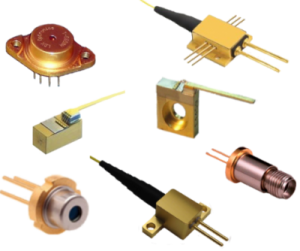
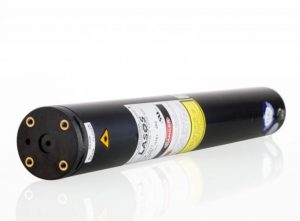
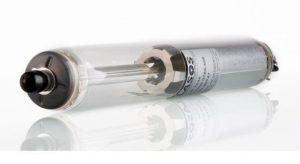
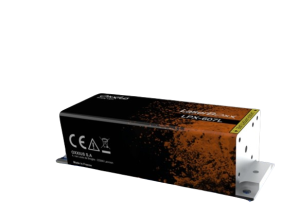
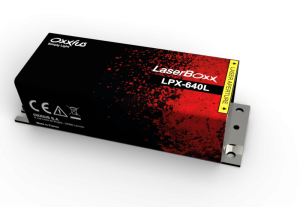
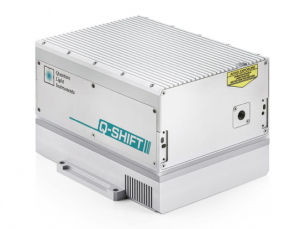
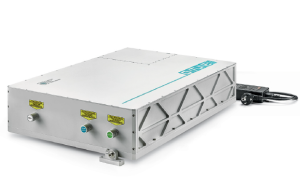
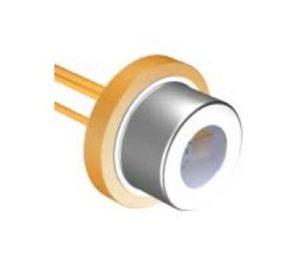
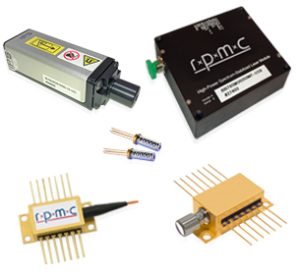

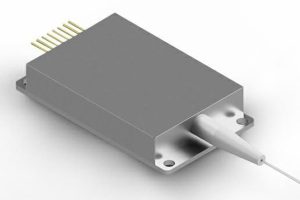


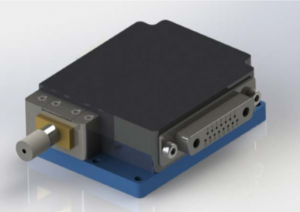
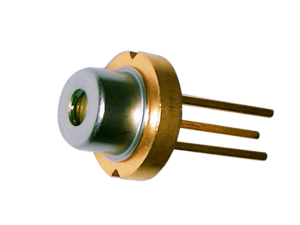
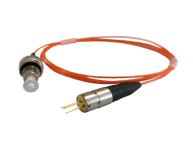

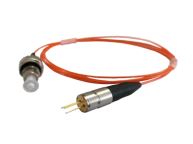
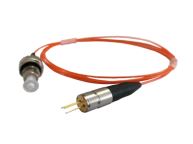
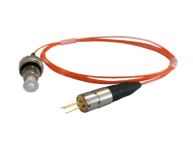
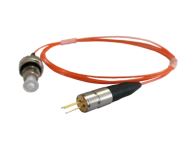
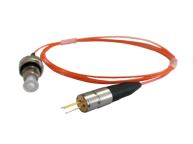
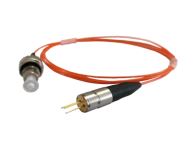
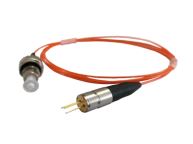
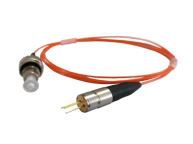
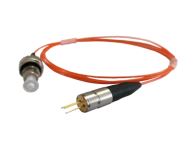
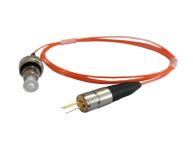

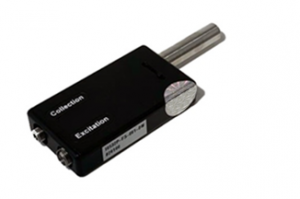
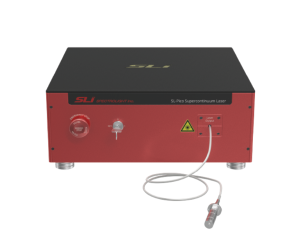
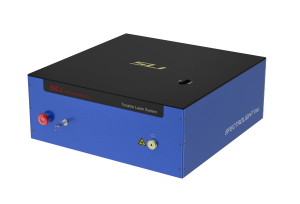
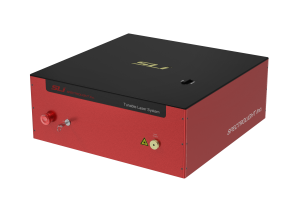
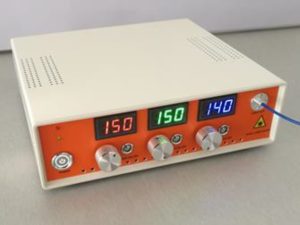
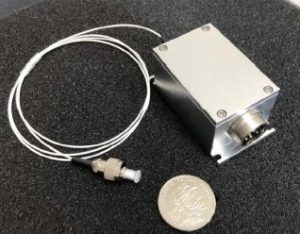
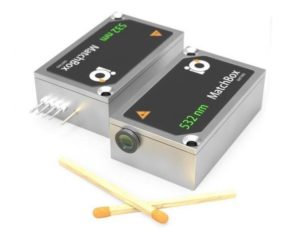
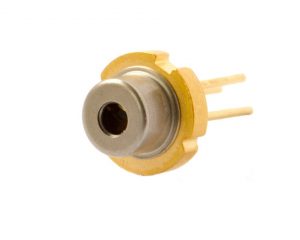
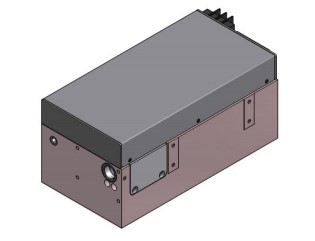
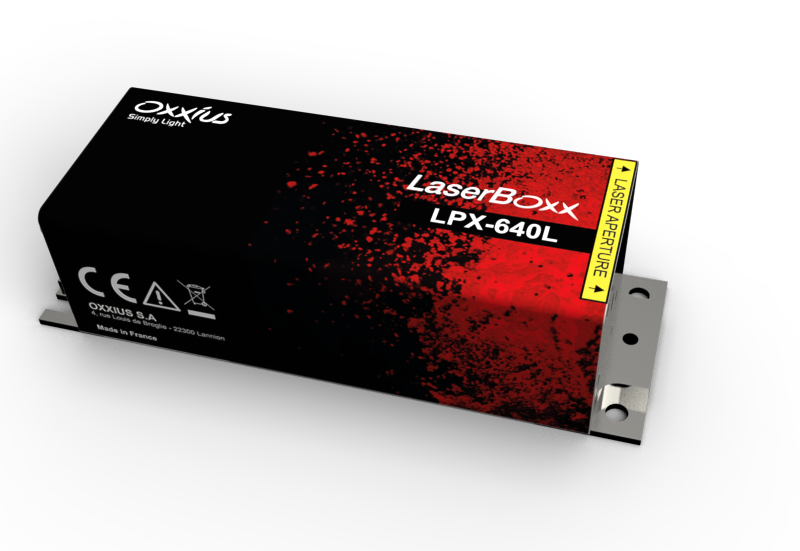
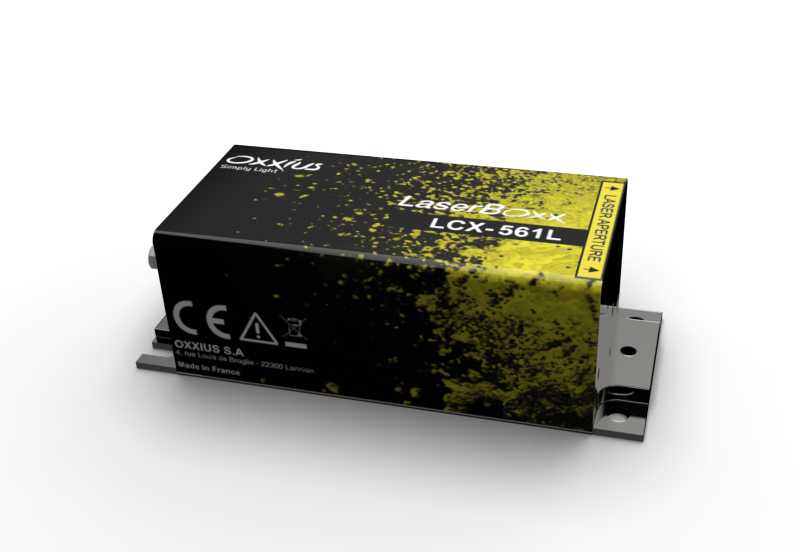
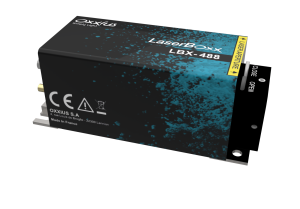
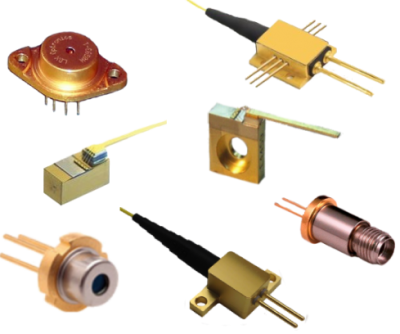
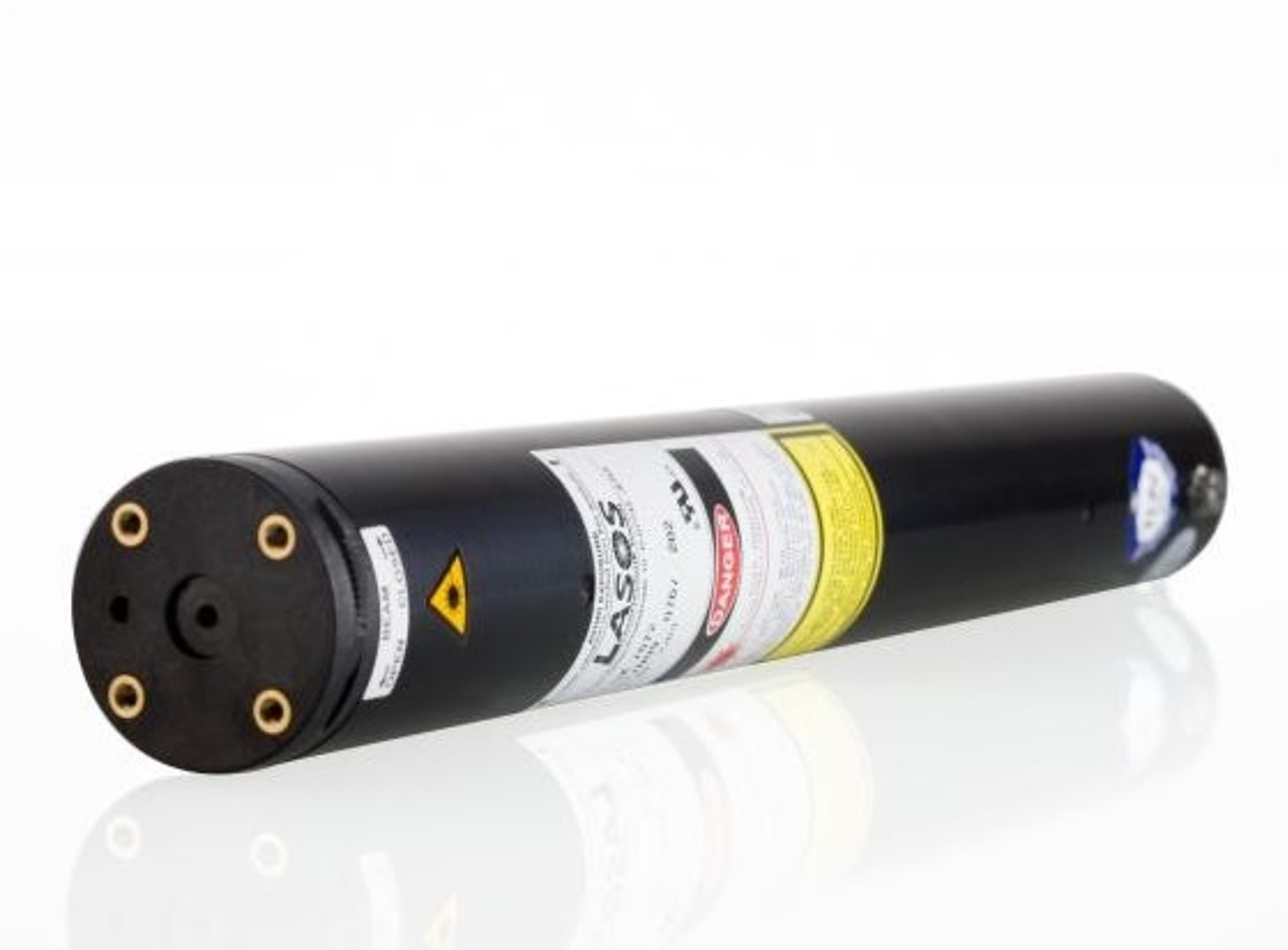
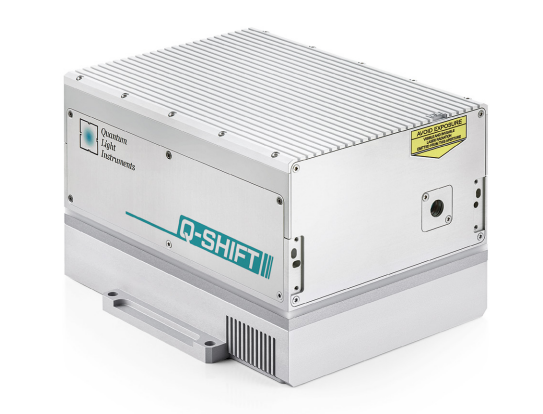
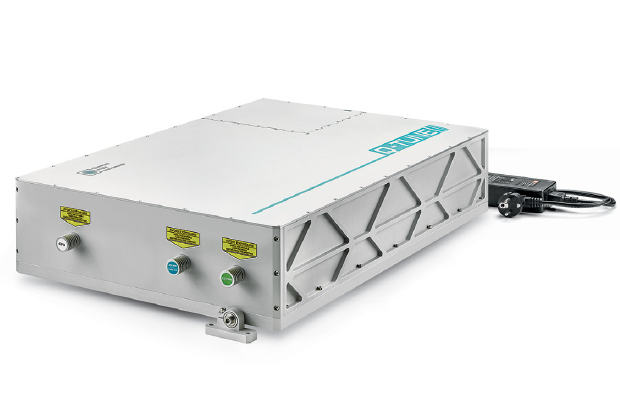
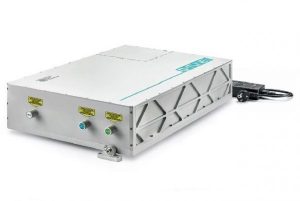
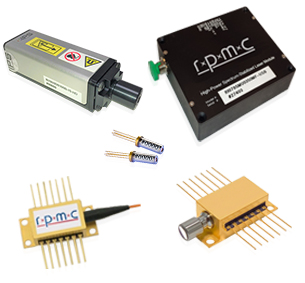
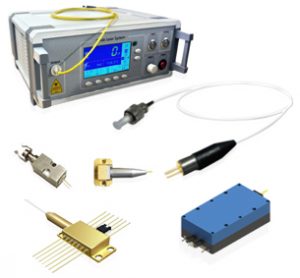
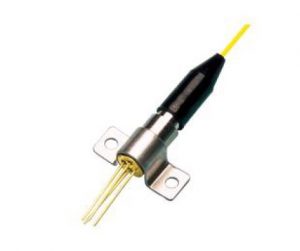
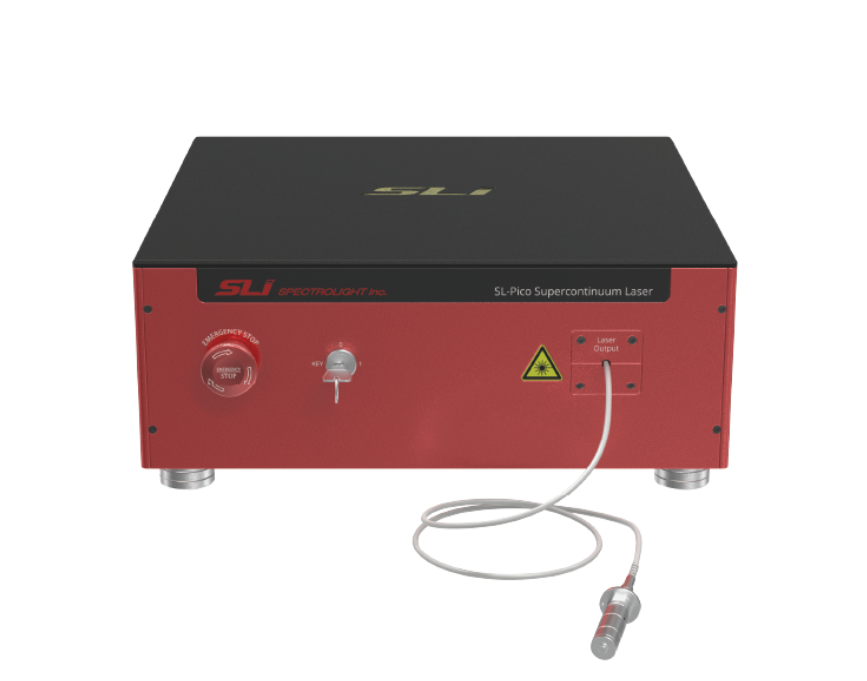 The SL-Pico series of picosecond supercontinuum lasers is designed to meet the diverse and dynamic needs of cutting-edge research and industrial applications. These supercontinuum white lasers are highly regarded for their wide wavelength range and cost-effectiveness. The SL-Pico offers a spectral range from 410 to 2400 nm, has high power, is very stable, and is capable of delivering power up to 8 W. The SLM versions are mode-locked fiber lasers with a fixed rep. rate, and the SLMV versions have a tunable repetition rate (up to 40 or 200 MHz), ensuring compatibility with a wide range of devices and various applications like fluorescence microscopy, TCSP, hyperspectral imaging, semiconductor inspection, and much more!
The SL-Pico series of picosecond supercontinuum lasers is designed to meet the diverse and dynamic needs of cutting-edge research and industrial applications. These supercontinuum white lasers are highly regarded for their wide wavelength range and cost-effectiveness. The SL-Pico offers a spectral range from 410 to 2400 nm, has high power, is very stable, and is capable of delivering power up to 8 W. The SLM versions are mode-locked fiber lasers with a fixed rep. rate, and the SLMV versions have a tunable repetition rate (up to 40 or 200 MHz), ensuring compatibility with a wide range of devices and various applications like fluorescence microscopy, TCSP, hyperspectral imaging, semiconductor inspection, and much more!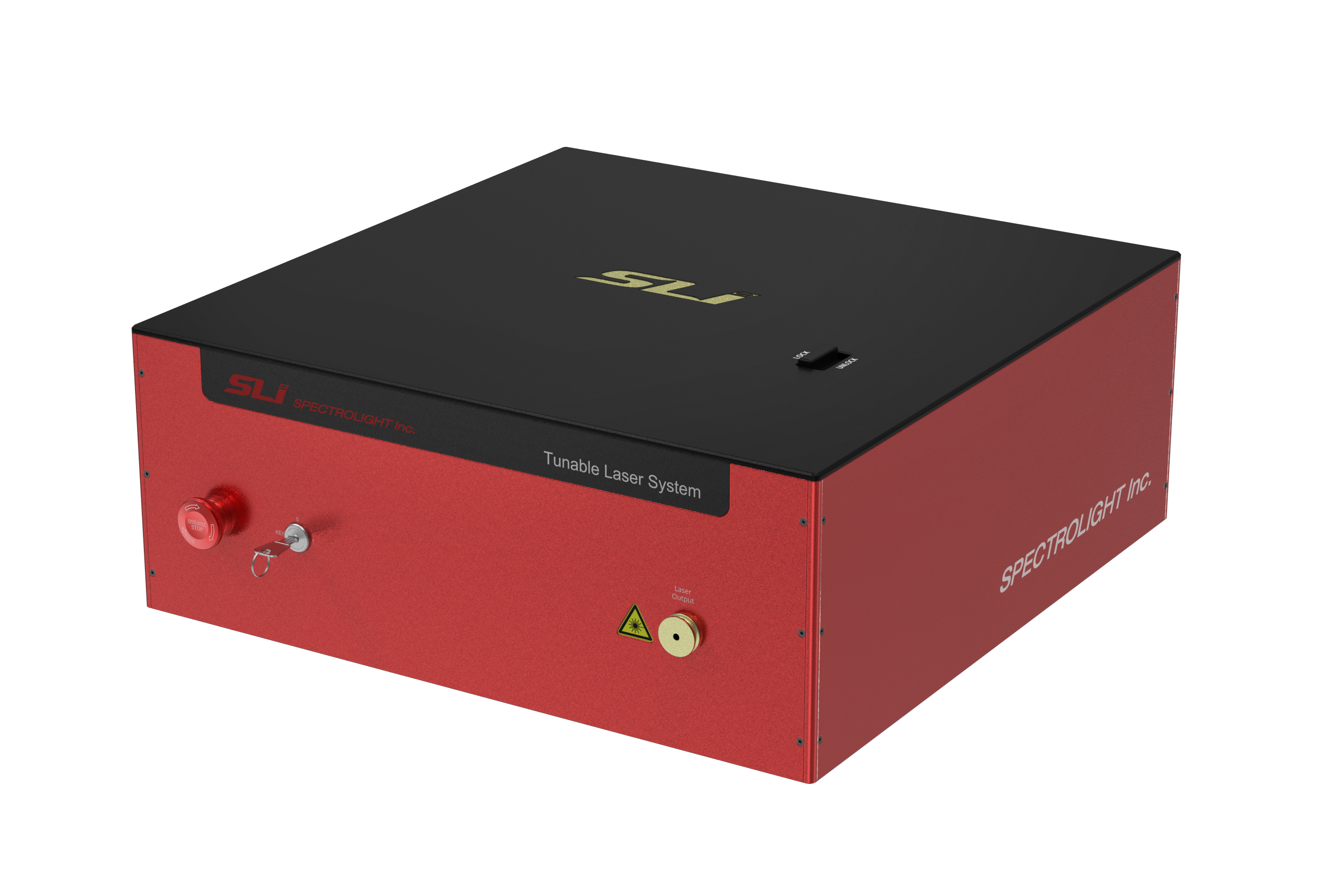 The TLS series is the broadest continuously optically tunable broadband picosecond laser combining a supercontinuum laser & tunable bandpass filter. Users can tune output power, wavelengths from 410-1700nm by choosing the VIS, IR, SWIR, or a custom configuration, and real-time bandwidth control for TLS-Red (10 or 20nm fixed for TLS-Blue). These picosecond tunable lasers are suitable for various fields that require precision scanning and high output from fluorescence microscopy to time-resolved spectroscopy, such as TCSPC, Hyperspectral imaging, Machine vision, Semiconductors, Sensors, and other applications.
The TLS series is the broadest continuously optically tunable broadband picosecond laser combining a supercontinuum laser & tunable bandpass filter. Users can tune output power, wavelengths from 410-1700nm by choosing the VIS, IR, SWIR, or a custom configuration, and real-time bandwidth control for TLS-Red (10 or 20nm fixed for TLS-Blue). These picosecond tunable lasers are suitable for various fields that require precision scanning and high output from fluorescence microscopy to time-resolved spectroscopy, such as TCSPC, Hyperspectral imaging, Machine vision, Semiconductors, Sensors, and other applications.